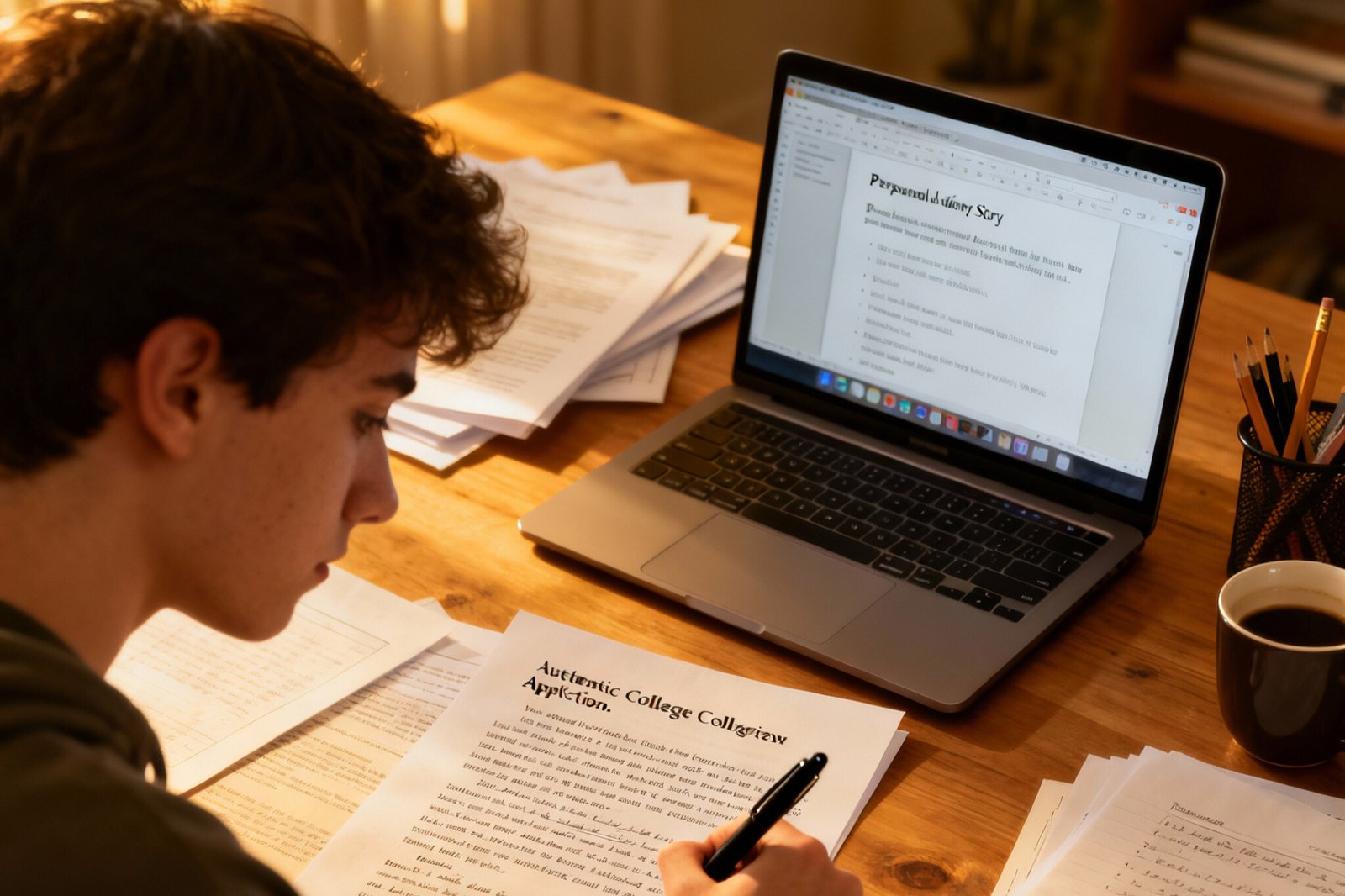Have you ever heard a melody so beautiful that it instantly transports you to another dimension? That’s exactly what happens when you listen to AI Chen Time and Space Piano arrangements. This captivating Chinese song, officially known as “Dislocation Time and Space” (错位时空), has taken the internet by storm, inspiring countless piano covers and becoming a favorite among music lovers globally.
In this comprehensive guide, we’ll explore everything you need to know about this mesmerizing piece, from its origins to learning how to play it on piano. Whether you’re a beginner pianist or an experienced musician, this article will provide valuable insights into one of the most popular Chinese songs adapted for piano.
Who is Ai Chen and What Makes This Song Special?
The Artist Behind the Magic
Ai Chen (艾辰) is a talented Chinese singer who created the original vocal version of “Dislocation Time and Space”. The song’s Chinese title, 错位时空 (Cuo Wei Shi Kong), literally translates to “misplaced” or “dislocated time and space,” reflecting themes of longing, separation, and the bittersweet nature of memories.
Why This Song Went Viral
The track gained massive popularity on social media platforms, particularly TikTok and Douyin, where short clips featuring the melody accumulated millions of views. The song’s emotional depth and memorable melody made it perfect for:
-
Emotional content on social media
-
Background music for videos
-
Piano cover challenges among musicians
-
Study and relaxation playlists
Understanding “Dislocation Time and Space” – The Original Composition
Musical Structure and Characteristics
The AI Chen Time and Space piano arrangements typically feature:
-
Moderate tempo that’s perfect for emotional expression
-
Simple yet profound melody lines that are accessible to intermediate pianists
-
Rich harmonic progressions that create the song’s signature nostalgic feel
-
Repetitive but engaging patterns that make it memorable
Lyrical Themes and Emotional Impact
While the piano versions are instrumental, understanding the original lyrics helps pianists convey the proper emotion. The song explores themes of:
-
Lost love and separation
-
Nostalgia for better times
-
The concept of parallel universes or alternate timelines
-
Emotional healing through music
Popular AI Chen Time and Space Piano Arrangements
Types of Piano Covers Available
The internet is filled with various interpretations of this beautiful piece. Here are the most popular types:
Solo Piano Versions
-
Simplified arrangements for beginners
-
Advanced classical interpretations with complex harmonies
-
Jazz-influenced versions with improvisation elements
-
Minimalist arrangements focusing on the core melody
Collaborative Arrangements
-
Piano and violin duets
-
Piano with vocal accompaniment
-
Electronic piano with backing tracks
Notable Piano Cover Artists
Several musicians have gained recognition for their exceptional AI Chen Time and Space piano covers:
-
YouTube pianists creating tutorial-style videos
-
Bilibili content creators offering unique interpretations
-
Professional musicians sharing advanced arrangements
How to Learn AI Chen Time and Space on Piano
For Beginner Pianists
If you’re new to piano, don’t worry! This song is surprisingly accessible. Here’s your step-by-step approach:
Essential Prerequisites
-
Basic chord knowledge (C major, A minor, F major, G major)
-
Simple finger positioning skills
-
Understanding of basic rhythm patterns
Learning Steps
- Start with the right-hand melody
-
Practice slowly, one phrase at a time
-
Focus on finger positioning and smooth transitions
-
Use a metronome to maintain steady tempo
-
- Add left-hand accompaniment
-
Begin with simple chord patterns
-
Gradually incorporate bass lines
-
Practice hands separately before combining
-
- Combine both hands
-
Start at a very slow tempo
-
Gradually increase speed as you become comfortable
-
Focus on maintaining emotional expression
-
For Intermediate to Advanced Players
If you have more experience, you can explore more sophisticated arrangements:
Advanced Techniques to Incorporate
-
Arpeggiated accompaniment patterns
-
Dynamic variations to enhance emotional impact
-
Pedaling techniques for sustained, flowing sound
-
Rubato (flexible tempo) for expressive playing
Where to Find AI Chen Time and Space Piano Sheet Music
Free Resources
Several platforms offer free sheet music for this popular piece:
MuseScore Community
MuseScore hosts multiple user-generated arrangements, including:
-
Simplified beginner versions
-
Intermediate difficulty scores
-
Advanced classical arrangements
-
Lead sheets for improvisation
YouTube Tutorial Channels
Many creators provide:
-
Visual sheet music in their videos
-
Slow-motion tutorials for learning
-
Chord charts for simplified playing
-
Practice tips and techniques
Premium Sheet Music Options
For higher-quality arrangements, consider:
Professional Music Platforms
-
EveryonePiano offers structured lessons
-
Chordify provides chord progressions
-
Musicnotes may have professional arrangements
-
IMSLP for classical interpretations
The Cultural Impact of AI Chen Time and Space Piano
Social Media Phenomenon
The AI Chen Time and Space piano has become more than just a song – it’s a cultural phenomenon:
Viral Trends
-
#AiChenPiano hashtags across platforms
-
Piano cover challenges among social media users
-
Reaction videos to emotional performances
-
Study music compilations featuring the piece
Educational Impact
Music teachers worldwide have noticed:
-
Increased interest in learning piano among students
-
Cultural bridge-building through Chinese music
-
Enhanced appreciation for contemporary Asian compositions
Cross-Cultural Appeal
Despite being originally in Chinese, the piano versions have found audiences globally because:
-
Music transcends language barriers
-
Universal emotional themes resonate with everyone
-
Accessible difficulty level welcomes new pianists
-
Beautiful melody appeals to diverse musical tastes
Tips for Playing AI Chen Time and Space Piano Emotionally
Developing Musical Expression
To truly capture the essence of this piece, focus on:
Emotional Preparation
-
Listen to multiple versions to understand different interpretations
-
Read about the song’s meaning to connect emotionally
-
Practice mindful playing to convey genuine feeling
-
Record yourself to identify areas for improvement
Technical Excellence
-
Smooth legato playing for flowing melodies
-
Proper dynamics (loud and soft passages)
-
Thoughtful pedaling for harmonic richness
-
Consistent tempo with expressive flexibility
Performance Tips
Whether playing for yourself or others:
Preparation Strategies
-
Start with slow, perfect practice
-
Gradually build up to performance tempo
-
Practice in different acoustic environments
-
Prepare for emotional moments that might affect your playing
Stage Presence (If Performing)
-
Connect with your audience through eye contact
-
Let the emotion show in your body language
-
Don’t rush – let the music breathe
-
Recover gracefully from any mistakes
Learning Resources and Community
Online Communities
Join fellow enthusiasts in:
Social Media Groups
-
Facebook piano groups discussing arrangements
-
Reddit communities sharing sheet music and tips
-
Discord servers for real-time practice sessions
-
YouTube comment sections for technique discussions
Educational Platforms
-
Online piano courses incorporating this piece
-
Virtual piano teachers offering specialized lessons
-
Music theory resources to understand the harmony
-
Practice apps with backing tracks
The Future of AI Chen Time and Space Piano
Evolving Interpretations
As the song continues to gain popularity, we’re seeing:
New Arrangement Styles
-
Electronic piano versions with modern production
-
Classical orchestra adaptations
-
Jazz ensemble interpretations
-
World music fusion arrangements
Educational Integration
-
Music schools adding it to their curriculum
-
Piano examination boards considering it for repertoire
-
Cultural exchange programs featuring the piece
-
International piano competitions including Chinese contemporary works
Conclusion
The AI Chen Time and Space piano phenomenon represents more than just a viral song trend – it’s a testament to music’s power to connect people across cultures and languages. Whether you’re drawn to its haunting melody, emotional depth, or cultural significance, learning this piece offers a rewarding musical journey.
From beginners taking their first steps into Chinese contemporary music to advanced pianists seeking new expressive challenges, “Dislocation Time and Space” provides something valuable for everyone. The abundance of free resources, supportive online communities, and varied arrangement options make it an ideal piece for pianists of all levels.
As you embark on learning this beautiful composition, remember that the goal isn’t just technical proficiency – it’s about connecting with the emotional core of the music and sharing that connection with others. The AI Chen Time and Space piano continues to inspire musicians worldwide, proving that great music truly knows no boundaries.
FAQs
Q1: What is the difficulty level of AI Chen Time and Space piano?
The difficulty varies by arrangement, but most versions are suitable for intermediate beginners who know basic chords and can read simple sheet music. Simplified versions are available for complete beginners, while advanced arrangements exist for experienced pianists.
Q2: Where can I find free sheet music for this song?
MuseScore is the best free resource, offering multiple user-generated arrangements. YouTube tutorials also provide visual sheet music, and EveryonePiano offers structured lessons.
Q3: How long does it take to learn AI Chen Time and Space on piano?
For beginners, expect 2-4 weeks of regular practice (30 minutes daily) to play a simple version comfortably. Intermediate players might master it in 1-2 weeks, while advanced arrangements could take several weeks to perfect with emotional expression.
Q4:Can I play this song without reading sheet music?
Yes! Many pianists learn it by ear using YouTube tutorials or chord charts available on platforms like Chordify. The song’s structure is repetitive and relatively simple to memorize.
Q5:What makes this piano piece so emotionally moving?
The combination of nostalgic melody, simple but effective harmony, and universal themes of love and loss creates deep emotional resonance. The moderate tempo allows for expressive playing, while the repetitive structure helps listeners connect with the music’s emotional journey.
Q6: Are there any tips for playing this song expressively?
Focus on smooth legato playing, use dynamic contrasts (playing some parts louder or softer), apply thoughtful pedaling for harmonic richness, and most importantly, connect emotionally with the music’s themes of longing and nostalgia.








Leave a Reply